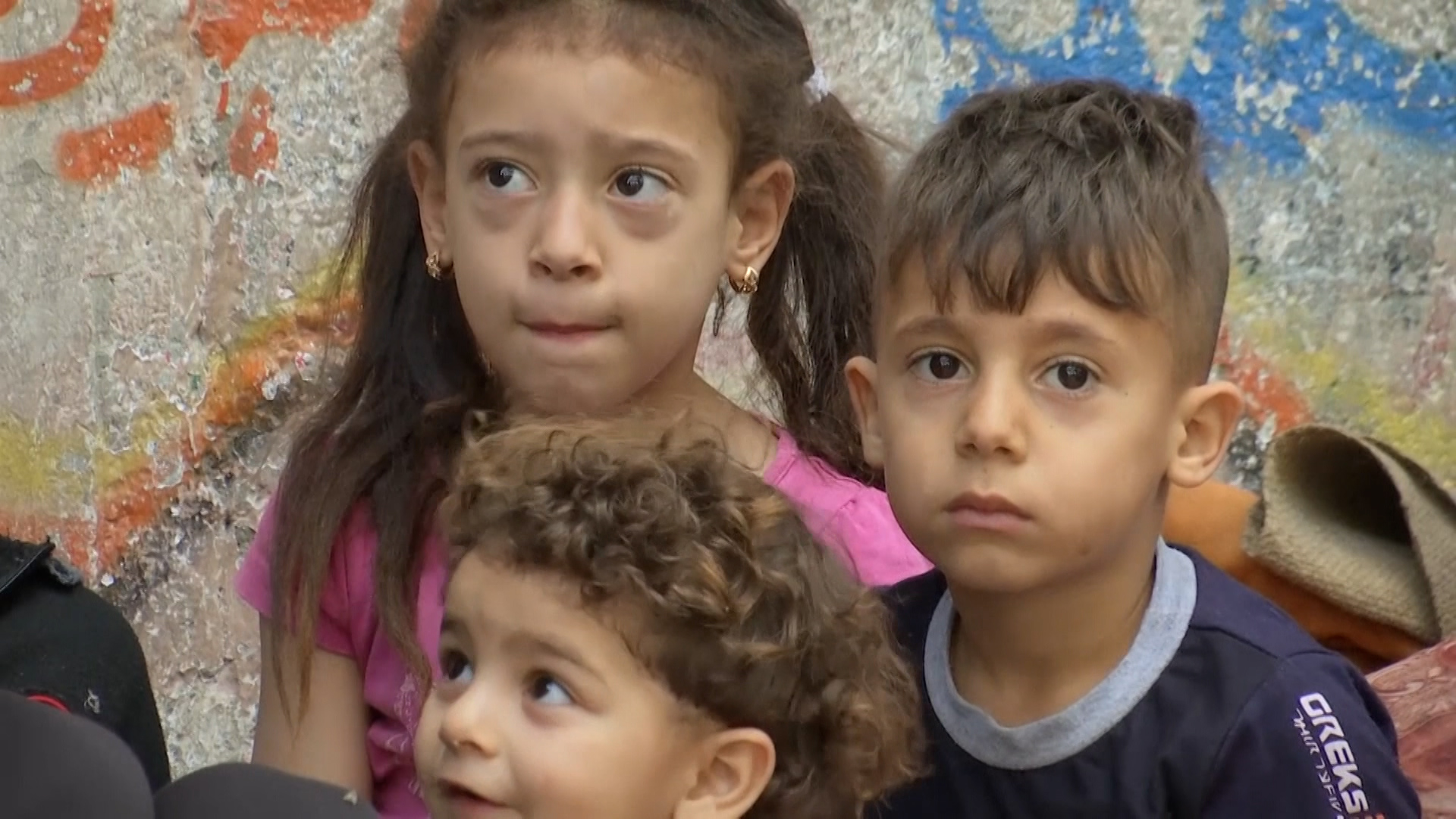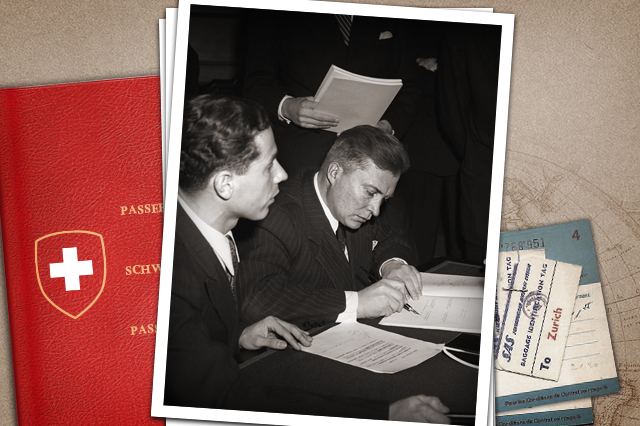
Intensity of fighting hampering aid effort in Gaza

The International Committee of the Red Cross (ICRC) describes how Israeli airstrikes have crippled a population already dependent on humanitarian aid and made it difficult to reach civilians in need.
Since this article was published, a ceasefire has come into effect (starting May 21), ending 11 days of conflict that has claimed at least 240 lives.
The Geneva-based ICRC, which provides assistance to people in conflict zones, says that the latest round of fighting that began nearly two weeks ago has been of an unprecedented intensity.
“The impact in 10 days is huge,” ICRC spokesperson Suhair Zakkout told SWI swissinfo.ch by telephone from the Gaza Strip, which has been hardest hit in the hostilities. She described partial or complete damage to key infrastructure, including roads and power plants. The constant threat of an airstrike hitting any part of the small, densely populated territory was preventing people from going out for basic necessities.
The ICRC has calledExternal link multiple times for a respite in the violence to allow civilians to move about and to enable humanitarian organisations to do their work. On Tuesday a convoy of 24 aid trucks came under mortar fire as it tried to enter Gaza.

“Not being able to move and document the needs of civilians means that we cannot advocate for them,” said Zakkout, who added that the ICRC had managed to make two urgent deliveries of medical supplies and other emergency equipment.
Hospitals in Gaza have not been spared by airstrikes, with several destroyed or damaged. Tens of thousands of people have been displaced internally.
Since fighting began on May 10, at least 60 children have been killed in Gaza and over 440 others wounded in Israeli airstrikes, the UN children’s agency UNICEF has said. The militant group Hamas, which controls Gaza, has launched over 4,000 rockets into Israel, killing 12 people, including two children, according to Israeli authorities. Gaza health officials say over 220 Palestinians have been killed in the fighting.
Violence has also flared in Israeli cities and in the occupied West Bank. Suhair Zakkout said that the ICRC has been able to talk to civilians affected by the violence in some Israeli towns.
One of the biggest problems facing the population is the shortage of electricity, which is needed to help pump water through the Gaza Strip. In 2018 the ICRC began working with local authorities to ensure water and electricity supplies during emergencies. With the damage to the system, electricity was now available for about three hours a day, said Zakkout.
“If there’s not enough power coming through Gaza to run generators for the healthcare facilities, then we face a huge problem,” said the aid worker, who was born and raised in the coastal territory.

More
Newsletters
Even before the conflict began, residents were living in difficult conditions under a blockade imposed by Israel and Egypt. Poverty and unemployment are widespread and 80% of the population is dependent on humanitarian aid.
The toll of the current hostilities on mental health is concerning, especially for young people, who are now living through their fourth military conflict, said Zakkout.
Heavy toll on youth
Zakkout has spoken to parents whose children have been traumautised by war – some are afraid to get up at night to go to the toilet; others want to know when they will be able to go to school without fearing bombardments.

More
Gaza: when children are caught in the crossfire
“No child on both sides should live what they are living through now,” said Zakkout, who has worked for the humanitarian sector in Gaza since 1994. “Officials on both sides need to realise that their actions today are not impacting the present but the future of this place.”
The rules under international humanitarian law are “crystal clear – civilians should be protected, hospitals should be protected [and] humanitarian actors should be able to respond and be respected,” she said.
Future generations risked becoming even more dependent on humanitarian aid because of this cycle of violence, Zakkout added.
The population of Gaza is young, she pointed out – youth aged 15 to 29 make up 30% of the population, according to UN figures – so any hope of starting again once the fighting ends rests on their shoulders.
“Given the chance, they can rebuild,” she said. “They just need that chance.”

More
The long road to the Geneva Conventions of 1949

In compliance with the JTI standards
More: SWI swissinfo.ch certified by the Journalism Trust Initiative






























You can find an overview of ongoing debates with our journalists here . Please join us!
If you want to start a conversation about a topic raised in this article or want to report factual errors, email us at english@swissinfo.ch.